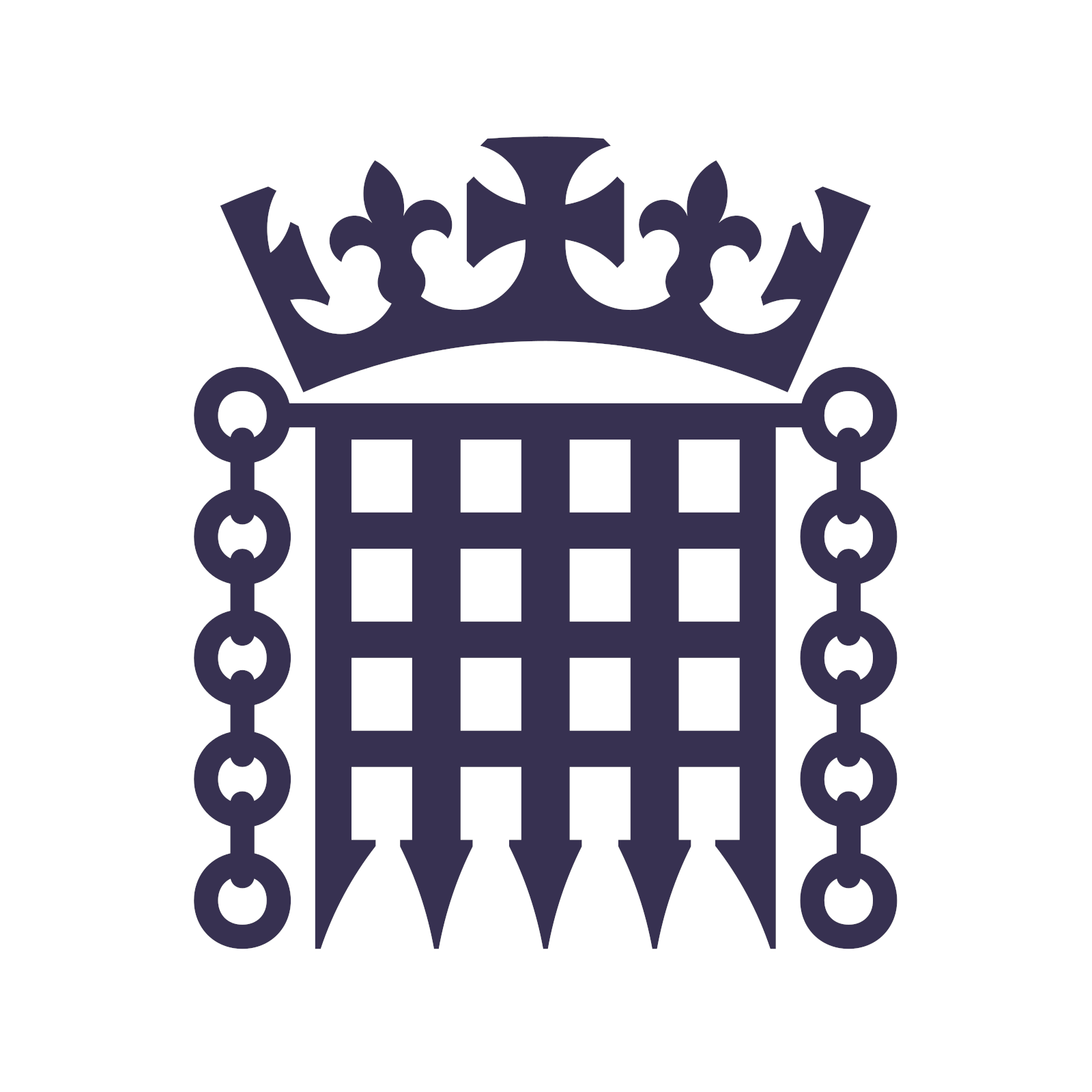A projection of how the election results would look if we used Additional Member System (AMS), like in Scotland and Wales.

| Party | AMS | FPTP | Seat change |
|---|---|---|---|
| Labour | 236 | 411 | +175 |
| LibDems | 77 | 71 | -6 |
| Green | 42 | 4 | -38 |
| SNP | 18 | 9 | -9 |
| Plaid Cymru | 4 | 4 | 0 |
| Reform | 94 | 5 | -89 |
| Conservative | 157 | 121 | -36 |
| Northern Ireland | 18 | 18 | 0 |
| Other | 4 | 6 | +2 |


…but if you give people the opportunity to list preferences, they don’t vote the same way. Tactical voting goes out of the window, and people are free to put what they actually want as their first choice.
I favour STV for this reason, but AV would have been an improvement too. AMS retains a single choice IIRC and for that reason I would never support it’s use. Also the AMS list means big parties can just put all their top choice people on it and almost guarantee their election.
The Electoral Reform Society also favours STV, they probably chose AMS here as modeling it from FPTP isn’t complete guess work.
I actually wrote my thesis on analysing the 2019 election results and extrapolating vote choices for other systems and seeing how that would affect the balance of power in the UK .
Presumably part of that was trying to account for the lack of preference data?
If you spend a long time scrounging through different polls and opinion surveys, you can find quite a bit to patchwork together.
Which is fair in an academic sense, but it scares the willies out of people who don’t understand it’s one of the least likely systems we’d use and how important the choice is.
I have often wondered why MMP is always done using FPTP for the local component. Why not IRV + proportional top-ups?
I don’t really understand AMS as well as MMP, but I think the same question could be applied.
https://www.parliament.uk/about/how/elections-and-voting/voting-systems/
I don’t even know how STV would work for electing MPs. That’s for electing groups of people?
AV to rank the candidates would make sense, unless I completely misunderstand STV.
You’d merge constituencies together and have multiple representation. For example: 5 neighbours become one region and elect 5 people.
An additional benefit is that people have a choice of representative to go to when wanting to consult “their MP”. None of this “I want to talk about the homelessness problem in my area but my MP is a Tory” issue.
So let me understand the proposal. We merge MP regions so each Labour/Tory candidate is running against their respective Labour/Tory candidate in another region in addition to the opposition in their opponent’s in their existing constituency?
I assume the purpose of this system is it allows an independent to capture votes from multiple areas, so fringe groups will get minor representation instead of the least popular candidate from the major parties?
[Edit] And if you only have a candidate in your area for your favourite party doesn’t tow the line and is marginally racist, you can vote for another candidate for that party that fits your taste?
I think you’ve got it. Yes.
It’s called multi-member constituencies and we used to do it before 1950 but only in some areas. We even did a small number under STV, but it never became the universal norm. We just divided those constituencies down to single member o es to make everything the same.
What I’m saying is that we moved the wrong way. We should have normalised everything by moving everything to multi-member and retained STV (not the other systems on that page).
The biggest argument against is that in rural areas the size of a single constituency could become very large. For example: would Wales large parts of Wales fall entirely into a handful of constituencies, or the north west of Scotland? On the other hand, it would simplify things in urban areas.